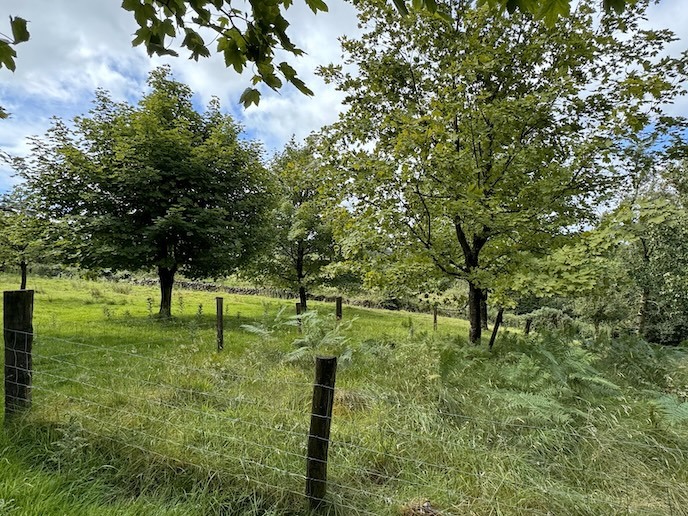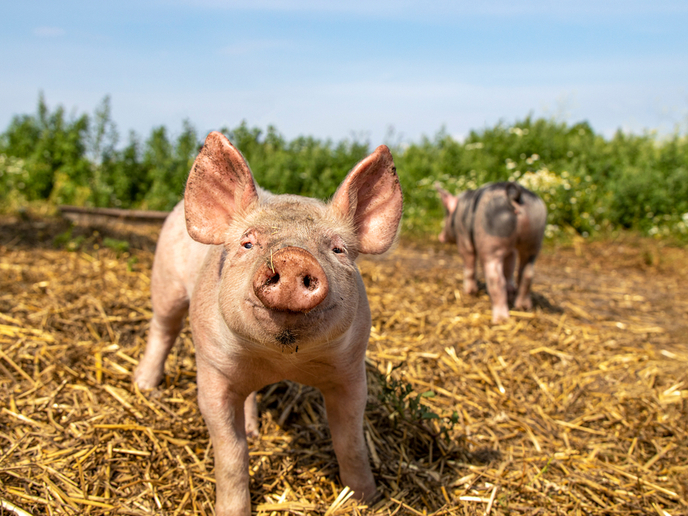Agroforestry as a route to more sustainable agriculture
Agriculture and land use are at a crossroads. Go one direction, and it can continue to be a leading cause of climate change and land degradation. But go the other way, and it can become part of the solution. According to Ulrich Schmutz, a professor of Organic Horticulture and Ecological Economics at Coventry University, that other way is agroforestry. “Farming that follows agroecological practices with more agroforestry and mixed farming offers an opportunity to transform landscapes and become a key part in the fight against climate change,” he says. With the support of the EU-funded AGROMIX project, Schmutz is leading an effort to help agriculture become more sustainable across Europe. The project brings together farmers, researchers and policymakers to not only explore agroecological solutions for more resilient land use but also develop practical tools for putting these solutions into action. “The project integrates the environmental, socio-economic and policy aspects of agroforestry, mixed farming and supply chains to market these innovations,” adds Schmutz. “In doing so, it fills knowledge gaps about trees and how we can support agroforestry through participatory co-design, both in policy and on the farm.”
Unlocking agroforestry’s full potential
With the goal of unlocking the full potential of agroforestry, the project collected information from eight long-term, replicated agroforestry trial sites, along with the practical experiences of farmers and land managers. “This work involved analysing the socio-economic performance of agroforestry and mixed farming, assessing value chain networks, and researching what motivates farmers to make the shift towards agroforestry,” explains Schmutz.
Tools for transitioning to agroforestry
Researchers then used these findings to develop practical solutions to transition towards better land use systems. “We had the proof that implementing agroforestry allows farmers to diversify their production, reduce their dependence on the success of a single product, and improve their income stability,” notes Schmutz. The challenge was putting this proof into practice. “We learned how to integrate agroforestry into all systems and, based on this, we decided to not promote mixed farming without the use of trees,” adds Schmutz. The project co-designed and developed intuitive models and user-friendly tools to assist farmers and land managers in implementing and monitoring climate-resilient land use based on mixed farming and agroforestry principles. Many of these tools were then tested via 12 in-depth pilot projects implemented in Europe’s Atlantic, continental and Mediterranean climate zones.
An agroforestry strategy for Europe
To maximise the project’s impact and legacy, researchers conducted extensive training and outreach with farmers, and published a handbook of collaborative design for agroforestry implementation. Researchers also conducted bottom-up co-development of agroforestry policy with farmers, a process that resulted in 14 workshops being held in various European countries. The project’s policy-focused work was condensed into country-specific policy fact sheets and a comprehensive white paper that lays the groundwork for a ‘European Agroforestry Strategy’. “By involving both farmers and policymakers from across Europe in the process, I am confident that our work will fundamentally change the relationship between agriculture and land use – a change that will ultimately benefit the environment and citizens alike,” concludes Schmutz.
Keywords
AGROMIX, agroforestry, agriculture, land use, farmers, sustainability, climate change, agroecological solutions, mixed farming







